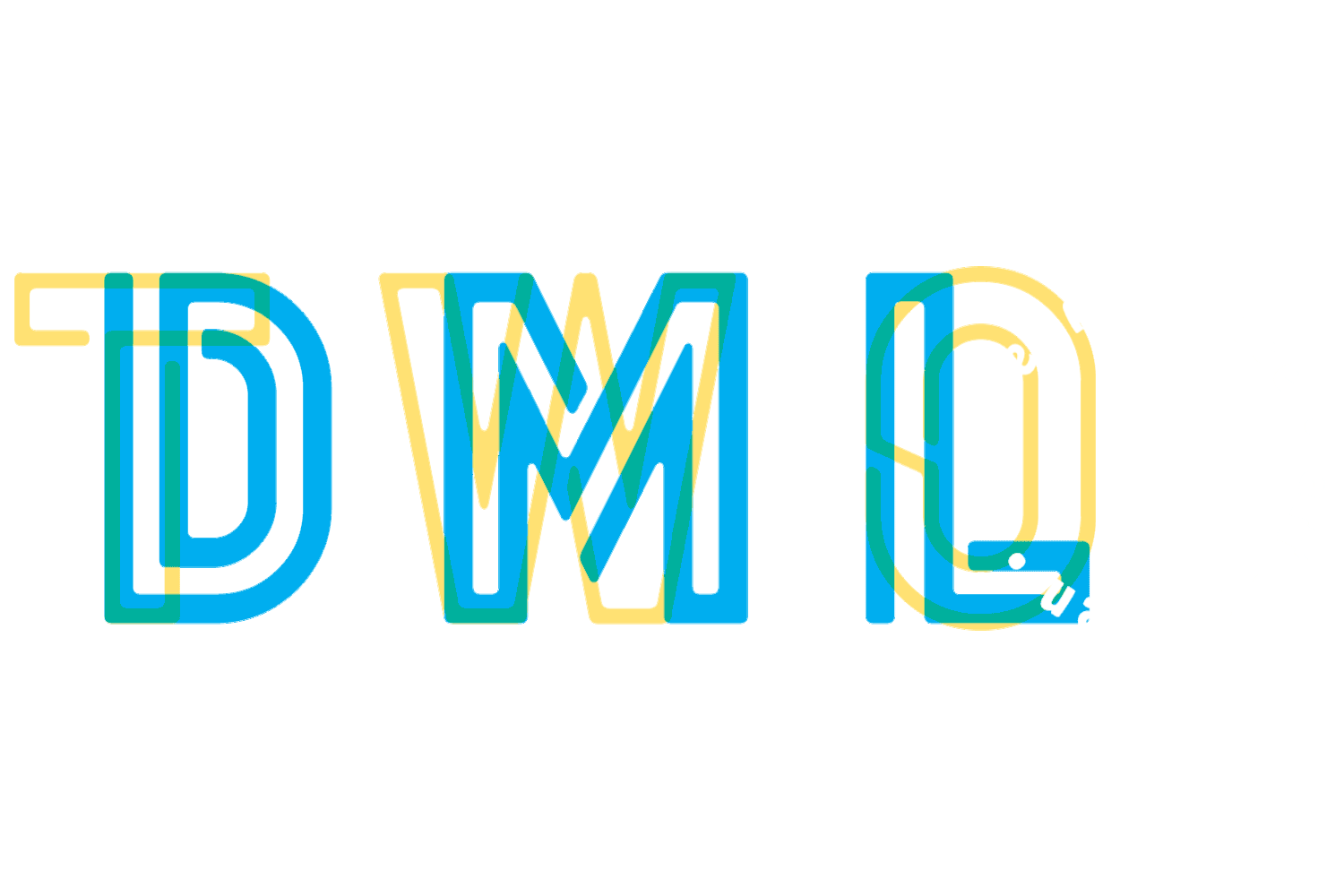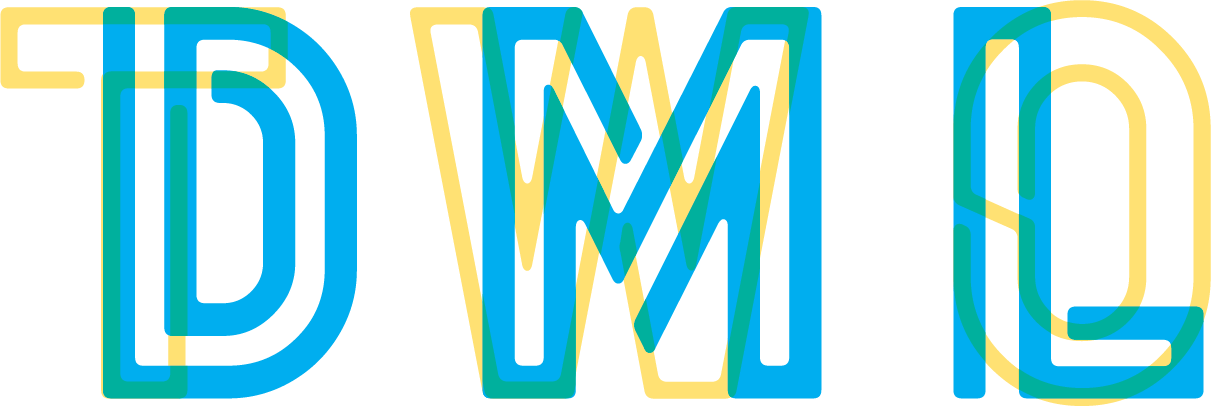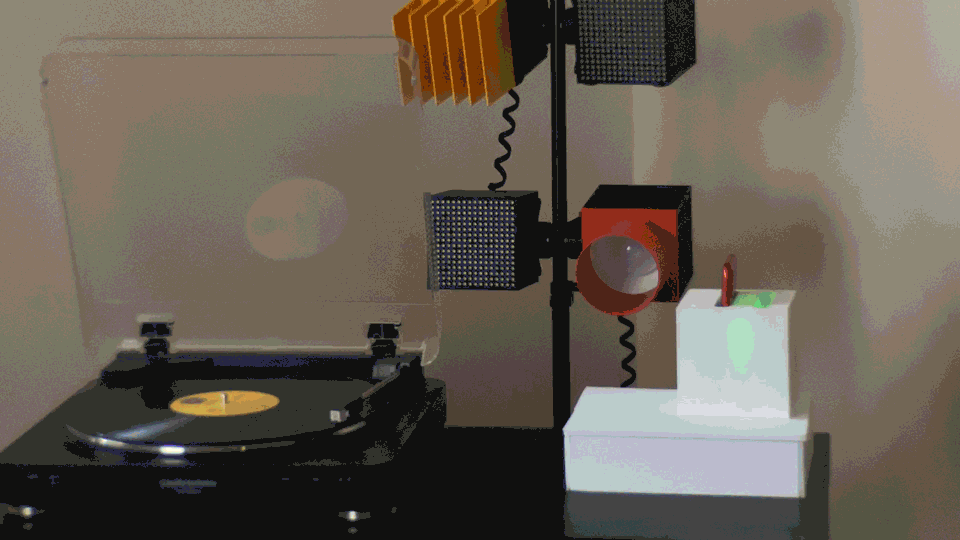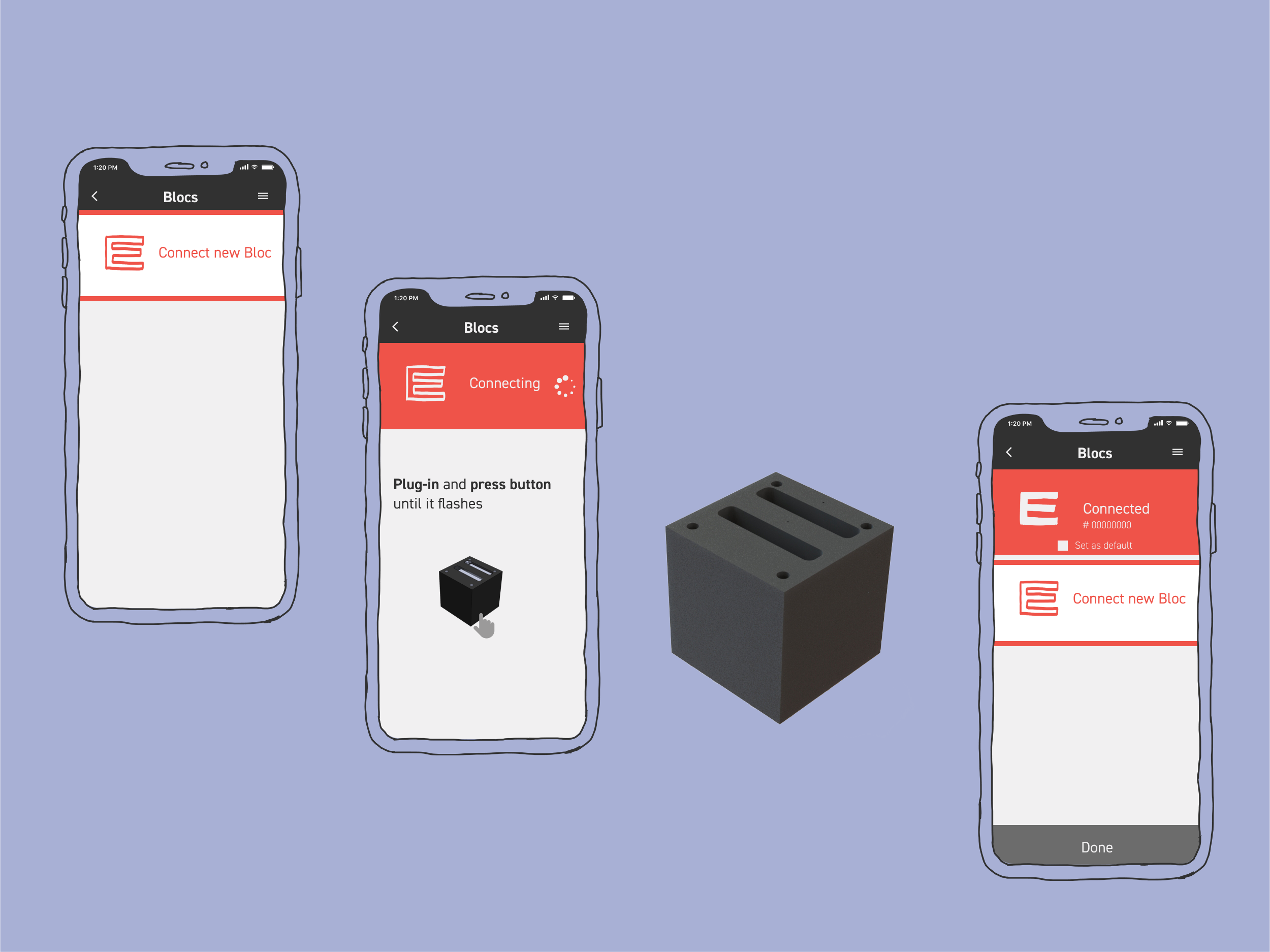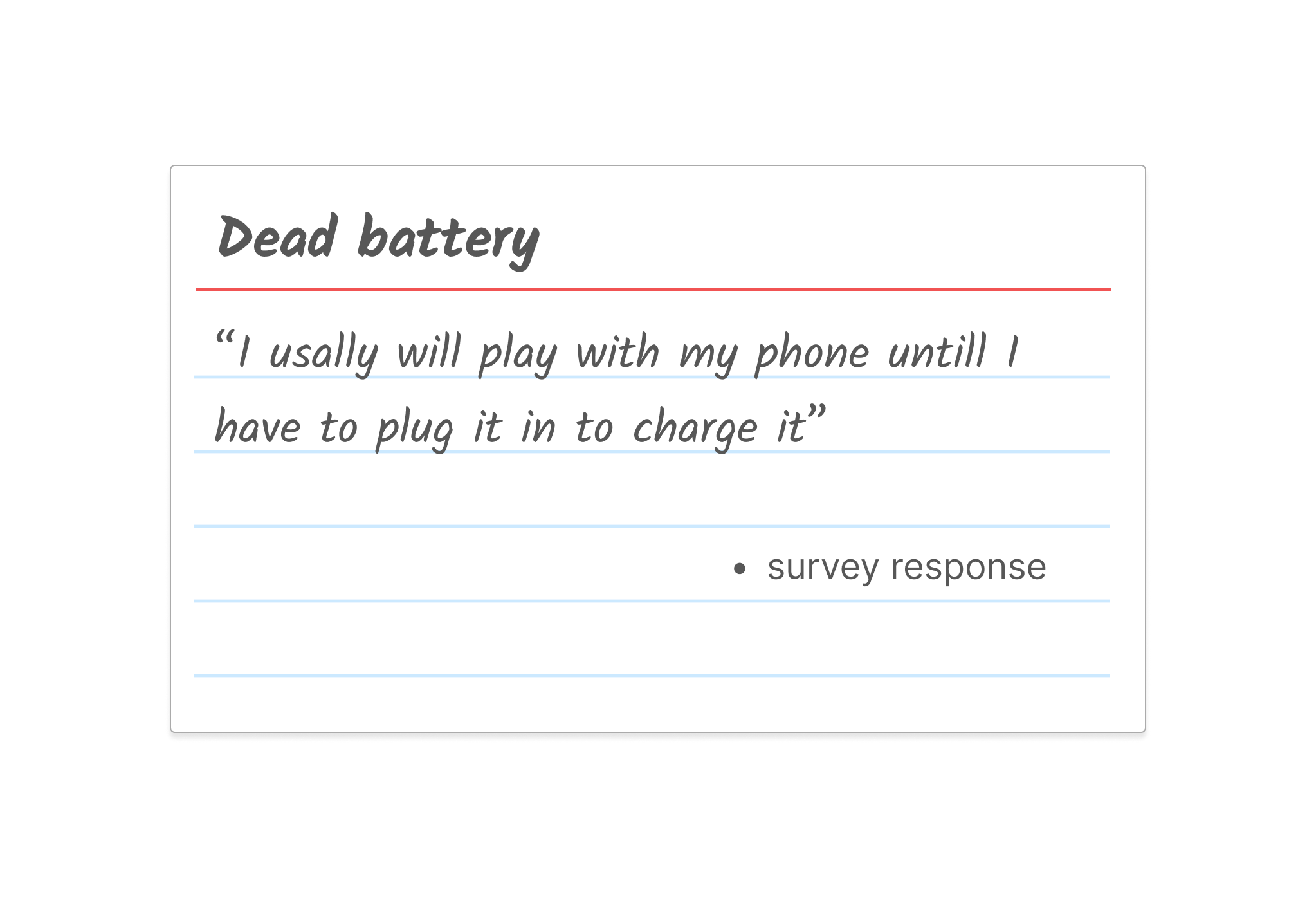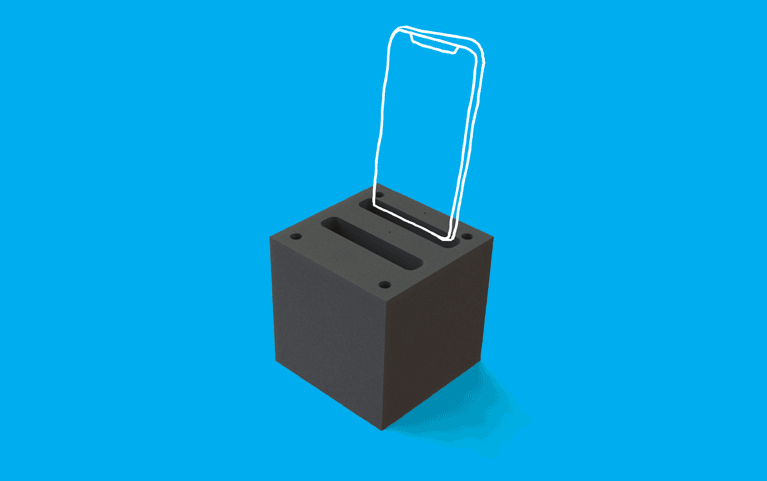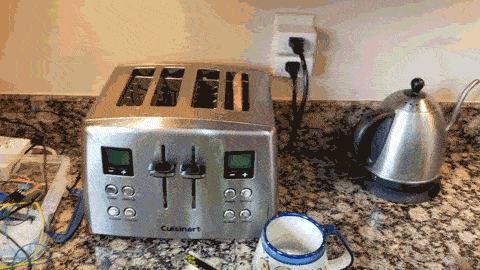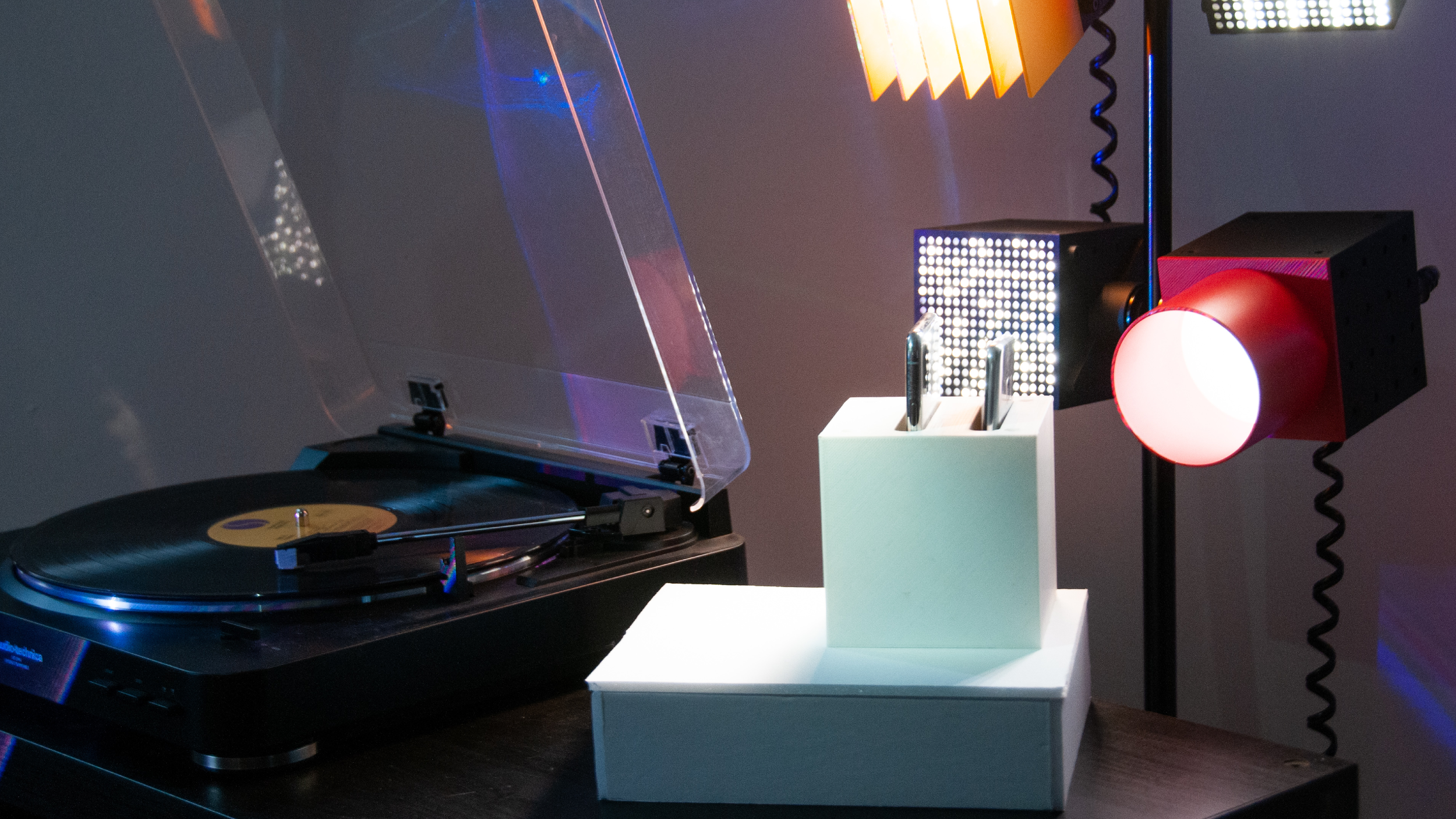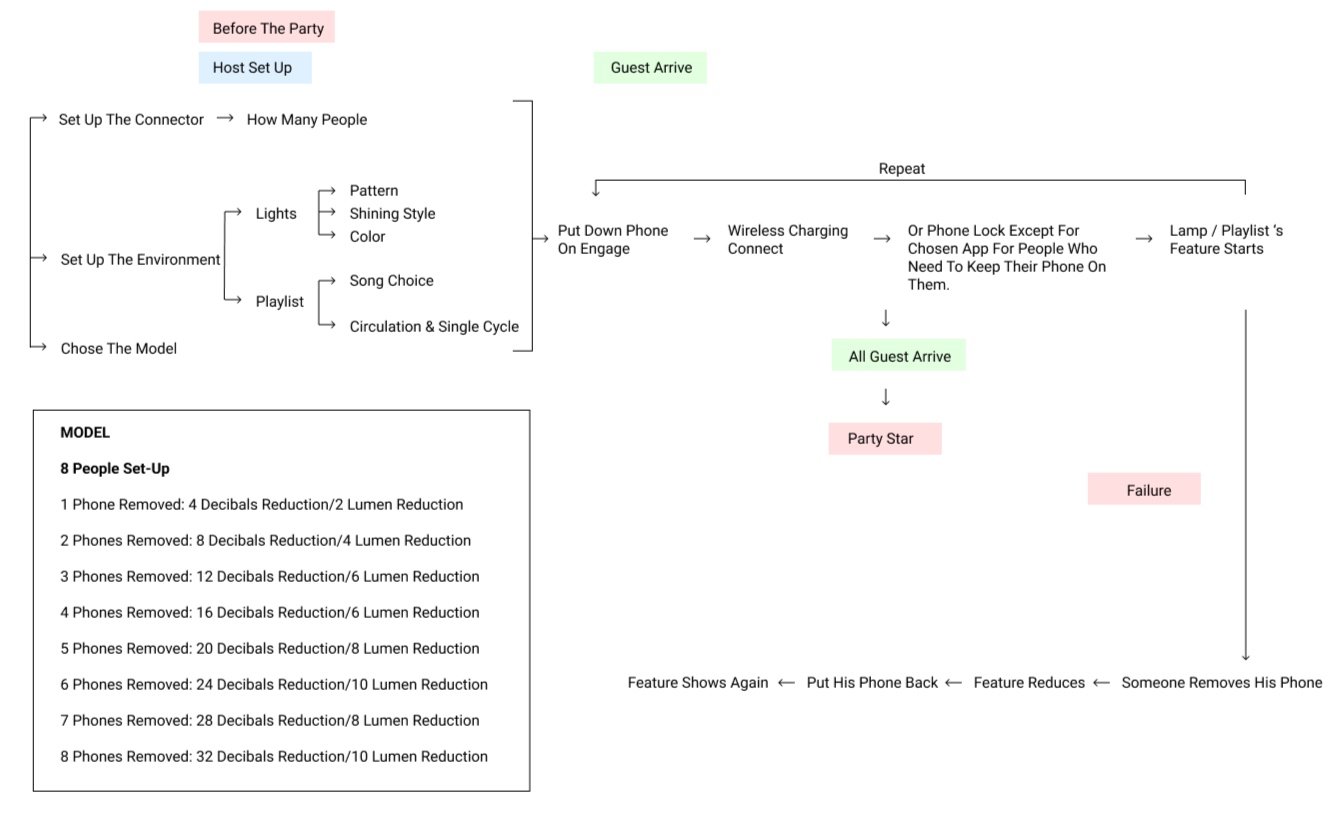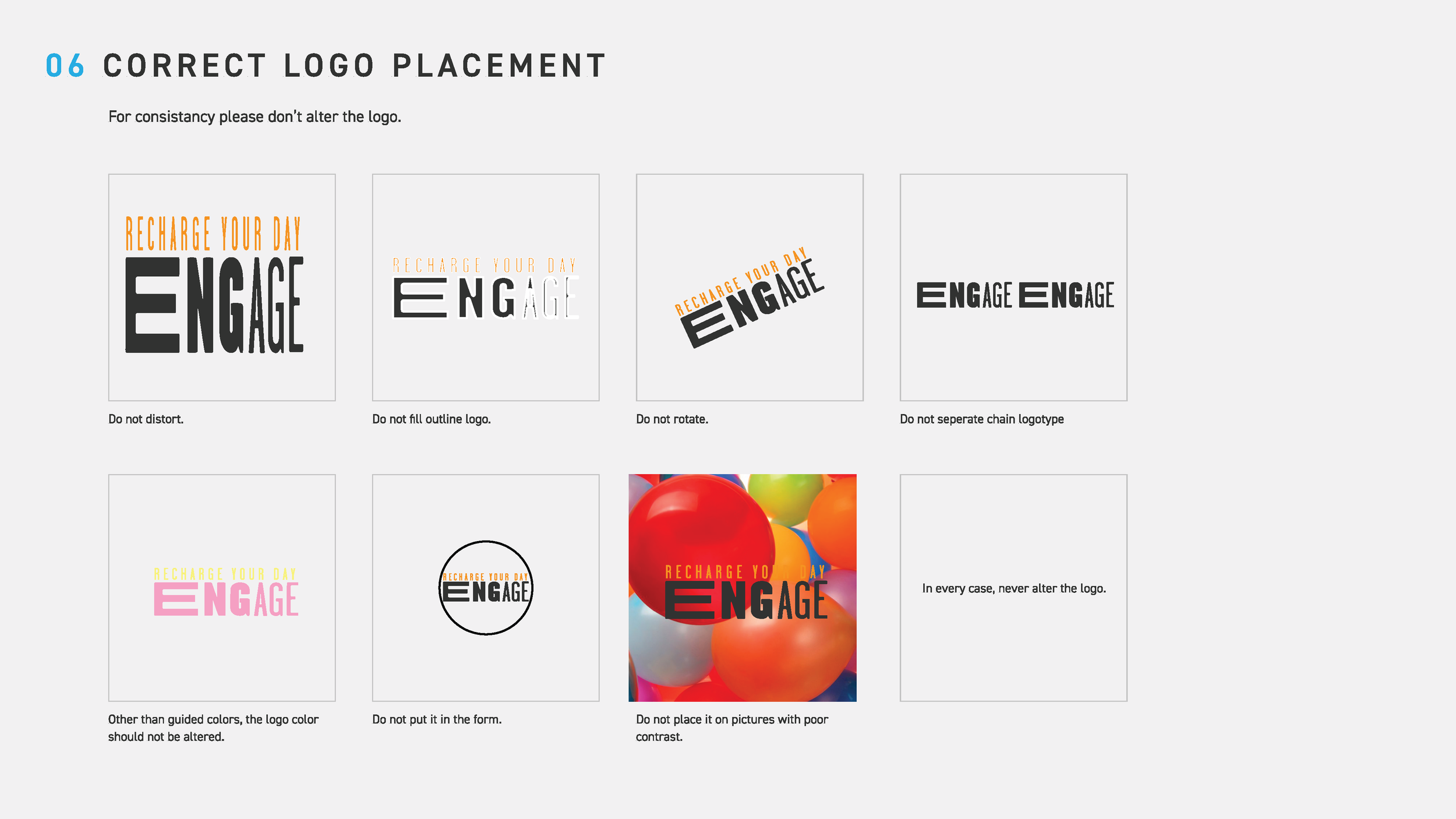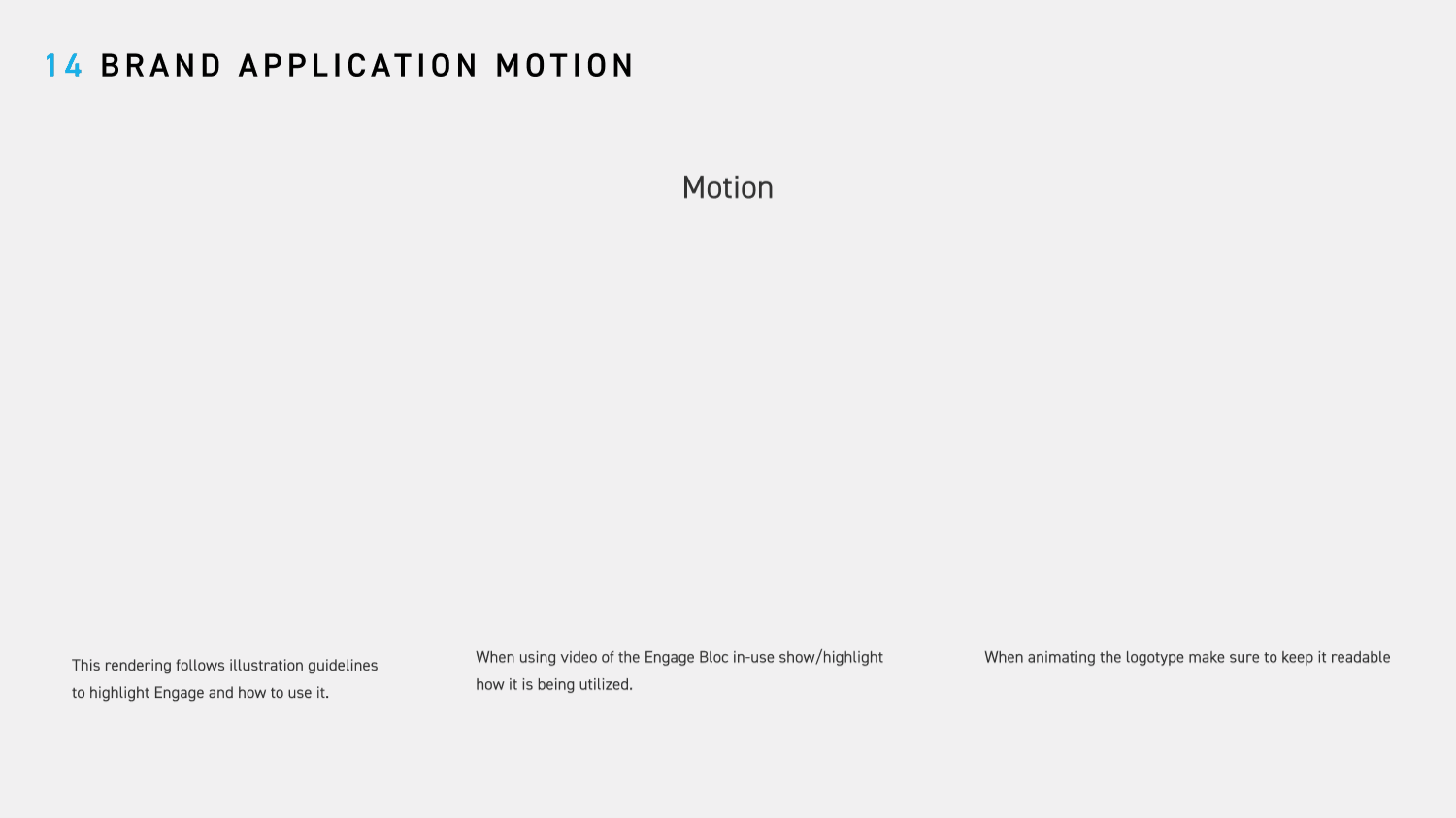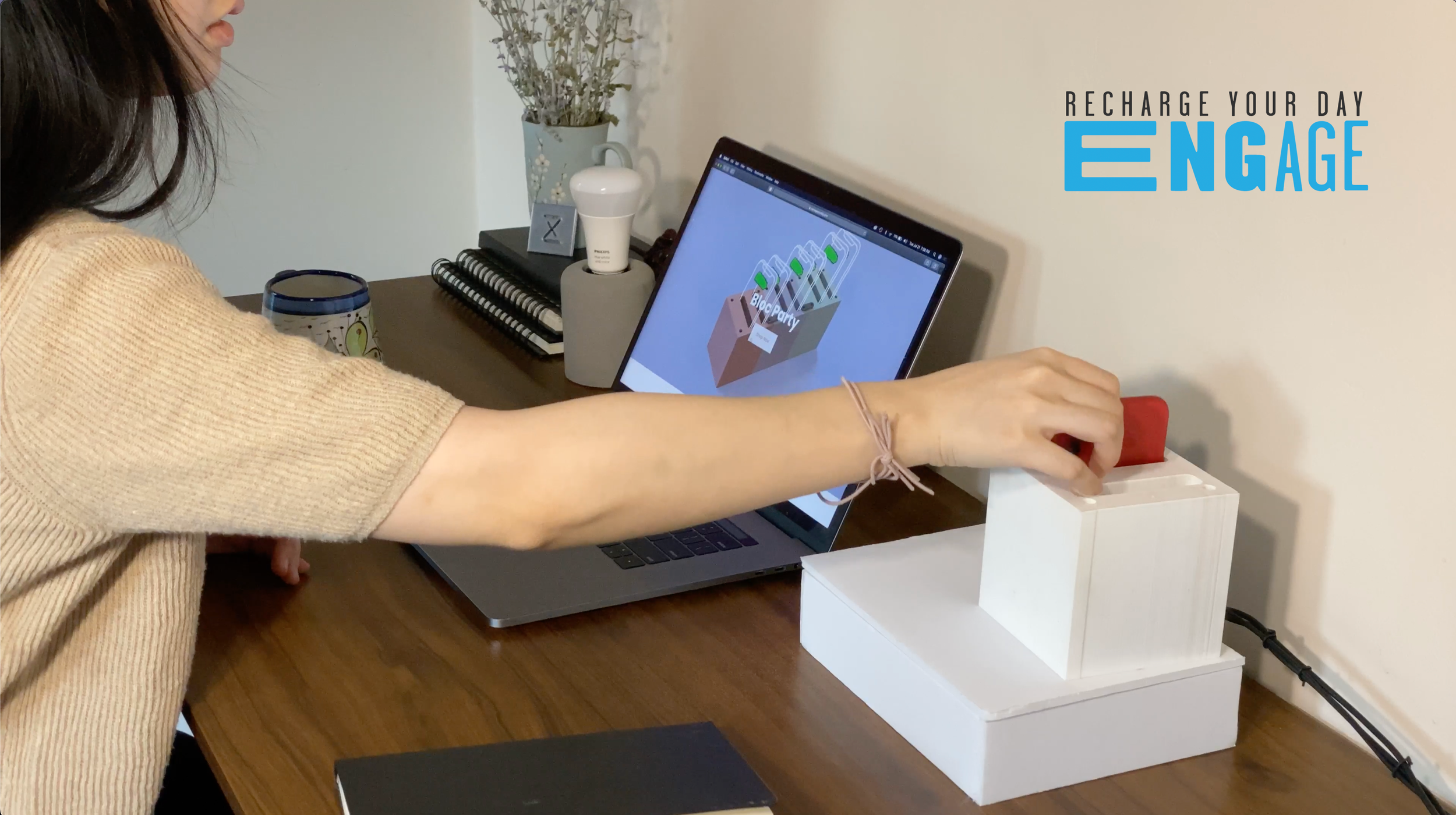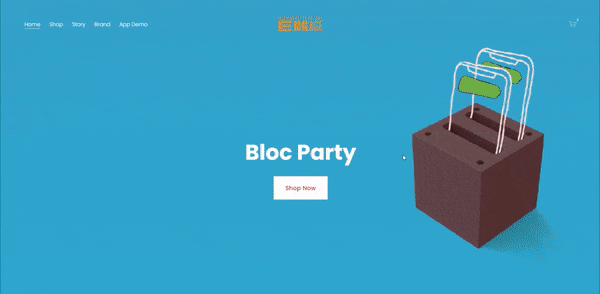
Engage
An interactive phone charger that helps people establish better habits and relationships with their smartphones and the environment around them.
Entrepreneurial Design
Duration: 10 months | October 2019 - July 2020
Role: UX Researcher, Product Strategist, Brand Developer, Product Designer
Engage is a CMCI Studio master’s capstone project focused on developing a product to encourage better relationships between people and their smartphone usage.
People are on their smartphones now more than ever, which can be distracting and could lead to clinical symptoms
The Problem
The share of Americans that own a smartphone is now 85%.
There are two dominant approaches to conceptually defining smartphone dependency.
The first approach considers smartphone dependency as a type of behavioral addiction which is purely negative. It is often operationalized by the expression of a number of clinical psychological and behavioral symptoms, such as withdrawal, preoccupation, and being out of control, as discussed by most technological addiction studies.
The second approach primarily follows the theoretical prism of the MSD theory. According to this approach, smartphone dependency is defined as the relationship reflecting individuals’ reliance on their smartphones to fulfill goals, with different relationships developing because individuals rely on their smartphones to fulfill different goals.
Introducing Engage
Our Solution
An interactive phone charger that helps people establish better habits and relationships with their smartphones and the environment around them.
Our team explored how people can incorporate small changes into their lives to increase their well-being.
Phone Charger & Smart Home HubProduct doubles as an induction phone charger, so when you need your device later, it’s ready to go.
When the phone is placed in charger it activates open-source API linked home devices to turn on, based on the user’s personalized app presets.
Native app connects to the induction phone charger, links via open-source API to become a smart home hub, and allows for users to create personalized presets.
Native AppBy putting their phone down to charge, users are rewarded with their curated experience being activated, from mood lighting to their favorite music playlist.
Social & Focus ModesOur Process
I created Engage with two of my peers, Aitana Rothfeld and Yangmin Zhang, as our graduate school capstone project. Over the course of nine months we went from researching the problem of smartphone screen time distraction to having design & developed a fully functioning prototype and business plan.
Blue sky to working product
My role centered on brand development, product strategy, and the final refinement of the UX design. However we worked cooperatively on every part of this project.
Defining the Problem Statement
How might we envision a world without device distractions, where people are happy with how they spend their time?
User habits and when smartphones can be distracting / disruptive
Research
We first went through several rounds of user interviews and surveys to identify participants’ current pain points with smartphone usage, and what would further motivate them to put their phones down.
User ResearchiOS Screen Time: A iPhone operating system based feature “Apple's Screen Time aims to address growing concerns around increasing device usage, smartphone addiction and social media impacting on mental health. The idea is to help you regain control, or at least make you aware of the amount of time you are spending on your devices and what you are doing on them.”
While useful as a parental control device and a way to be nudged into better personal phone use habits, it is a solely software based product and gives little reward for complying with set limits.
Yonder: A physical-pouch rental service that locks when it is closed. Guests flow into and out of the designated phone-free space, upon exit their phone pouch is unlock.
While useful for copyright holders of concerts and live performances it completely renders the phone useless and doesn’t have any secondary benefits like charging the device.
CATEGORY AnalysisGroup activities and independent focus
Key Insights
Social Gatherings
People want their friends and family to use their phone less often when they are together.
Focus Time
People want to use their phone less often when they are focusing on a task.
Key Use CasesCharging
People are more motivated to put their devices down if they are going to be charging.
1.
Accountability
People want accountability that they will put their devices down when in focus and social settings.
2.
Product Development
Prototype, test, and refine
We started out cheap and easy using paper and pen to physically prototype our behavioral change interventions and gradually moved on to higher fidelity prototyping.
Product Iterations
Use Case Prototyping
To validate if people would participate in Engage, we prototyped the process in several situations and environments. Useful, Useable, Compelling were our north stars in this process.
Physical Prototyping Our first prototype functioned as a photo booth in a public space. While compelling, this prototype failed to create lasting behavior change.
CommercialOur second prototype explored linking the user’s phone in charging mode with home appliances. While useful, this prototype failed to be compelling for users.
ApplianceThe final prototype allowed users to choose playlists, connect mood lighting, and link speakers, in order to curate a unique, personal experience in their home.
PersonalNative App Development
Our app includes onboarding, new and repeats user flows, brand voice, and the ability for further personalization.
At each stage of the app design we ran user testing via Figma prototype with potential users. The feedback they provided helped inform improvements to our app design.
Usability TestingAt each stage we asked test users to complete a given task and adjusted our flow based on what we observed.
User FlowDesign
Bringing Engage to life
Clickable PrototypeClick here to view a clickable prototype of the Engage native app.
Brand Design
Engage is playful, functional, and module
I took the lead role on developing Engages look and feel along with packaging and ephemera. Take a look at our brand book below. Or view here
*includes a standards documentation, responsive logo, fonts & colors, motion graphics, illustration style/product focus, voice, and UI style block.
Marketing Videos
We created a series of use case demos showcasing how easy Engage is to use after set-up.
A modular system with an open source framework
Product Strategy
Engage helps people reduce their screen time in a customizable interactive way.
MissionOur model is a open modular system. Engage works with one Bloc or up to four connected Blocs out of the box. Customers can buy as many Blocs as they want to achieve their interactive goals. We encourage users to hack* our Engage Blocs to fit their imaginations.
*voids warranty
Our ModelOur team consulted with industry mentors and built a financial model. After calculating costs per unit for a 1,000 units, we determined if we charged $60 per Bloc we would be competitive in the market place. (Each bloc includes two induction chargers and a micro-controller with open-source API linking)
Our startup budget would be $50,230 in order to get off the ground and supply products for the 1000 customers.
Financials
Check out Engage’s live e-commerce site.
